Have the perfect comfort food at home with steamed mantou or steamed bun. This Chinese steamed bun is spongy and soft with a hint of sweetness.
You can easily make this with pantry-friendly ingredients, including flour, sugar, yeast, and oil. Serve it for breakfast with your favorite sweet or savory sauce.
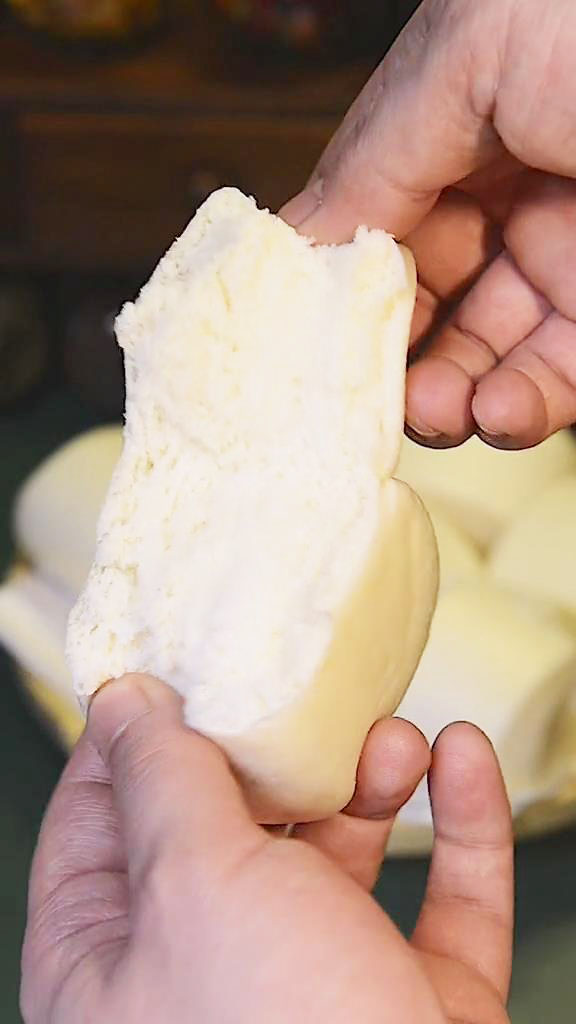
What Is Steamed Mantou?
Chinese steamed bun is a crowd-favorite when it comes to Cantonese cuisine. As most people know, a Chinese steamed bun with a filling is called a bao bun or baozi. It can be made into beef bao bun, char siu bao, and chicken bao bun.

But did you know that there is also a bun without a filling inside? That’s where mantou comes in. Mantou is a type of Chinese bun without a filling at the center. It is simply a soft pillow bun traditionally made with flour, sugar, water, yeast, and oil.
Mantou is a popular dish for breakfast, commonly served at Chinese restaurants or food carts in Chinatown. You can eat it with a savory or sweet sauce like red bean paste, Chinese black bean sauce, condensed milk, or jam. It is also a festive menu item for New Year and is made into different fun shapes like butterflies, flowers, fruits, and animals. Alternatively, it can be transformed into different variations, such as Chocolate Spiral Mantou.
Ingredients You’ll Need For Mantou
In this recipe, all the ingredients are kneaded until it becomes a smooth ball of dough. You will need to let the dough rest and ferment before it is ready for steaming. Here are some things to know about each ingredient, including its alternatives, purpose, and tips.
All-Purpose Flour
It helps give the overall texture its softness and fluffiness. If you use whole wheat flour, you will get a drier and coarser result. Thus, I don’t recommend using 100% of whole wheat flour for this recipe, but it can be used as a partial substitute only.
In addition to whole wheat flour, I also don’t recommend rice flour and glutinous rice flour. Rice flour will give you a chewy texture, while glutinous rice flour will give you a sticky and chewy texture. These textures are not ideal for a mantou, but for rice cakes and chewy desserts only.
Yeast
Yeast is important in making the bun rise for a soft and fluffy texture. You should know that there are two types of yeast: one that can be mixed directly with the dry ingredients and the other where you need to mix it initially with water first. For instance, instant yeast or fast-rising yeast does not require initial proofing and dissolving in water since you can mix it directly with the flour.
Another type of yeast is active dry yeast. This type of yeast needs to be dissolved in warm water first before mixing with the flour. It typically takes longer to ferment compared to instant yeast.
Sugar
Although sugar is optional for sweetness, it is essential to speed up the fermentation process. This is because yeast feeds on sugar. The sugar is converted into carbon dioxide and ethanol, which are two key things in making the mantou rise and airy. You can use any type of sugar you prefer, such as white, brown, dark brown, or coconut sugar.
Water
When mixing the dry mixture with water, it is important to use room-temperature or warm water. The same goes with dry yeast where you have to mix it with warm water first before adding it to the flour mixture. Do not use hot water for this recipe as you want to avoid killing the yeast.
Keep in mind that yeast is a live single-celled microorganism that requires natural fermentation. It will take a water temperature of 120°F to 140°F or higher to kill the yeast. If the yeast is killed, it will not activate, giving you a dough that will not rise and remain flat.
Oil
Oil is another optional ingredient that is used to add extra softness, flavor, and fragrance to the mantou. You can use vegetable oil, butter, or lard. However, it is absolutely fine to leave it out of the recipe and make it oil-free.

Tips To Note Before Making Mantou
You will be faced with a few challenges when making a mantou, especially if it is your very first attempt. By practicing and following my tips, you will be an expert in mantou making in no time. Here are several tips to note before making mantou, from essential kneading tips to proofing do’s and don’ts.
- Kneading: Kneading the dough very well will give you a smooth mantou. In this recipe, you will be kneading the dough twice. The first kneading is after mixing the dough ingredients together. After the initial kneading, the dough is rested for 5 minutes for the first proofing. For the second kneading, you will flatten the dough while removing as much air as possible before shaping it into small pieces of dough. Two kneading stages will remove large bubbles for a smooth and flawless mantou finish.
- Proofing time: Proofing or fermenting too much will cause it to have excessive air. If there is too much air when steamed, the mantou will fall apart. Under-proofing is also not ideal since the activation of the yeast is not completed, causing the dough to not rise. Generally, proofing time should be until when the dough increases in size, ideally double its size.
- Proofing temperature: Proof the dough in a warm environment or at room temperature. If the environment is too hot, it is over-fermented and will cause it to have a sour taste. Fermentation time is typically faster on hot summer days and slower in winter. During winter months, I suggest proofing the dough in an oven or microwave with a cup of boiled water next to it to create a warmer environment.
- Double-proofing: This recipe requires a double-proofing method since it only uses yeast. You allow it to proof after the first kneading(It only takes 5 minutes) and then once more after shaping before steaming. However, if you want a single-proofing method, you have to use baking powder with yeast or use a high-active yeast just like in my chicken and mushroom bao bun Simply shape the buns after kneading and leave it to proof once before steaming.
- Dusting: Dusting with flour is helpful. Lightly dusting the surface and your hands helps with sticky dough for better control when kneading. Aside from managing sticky dough, it also helps fill up air holes.
- Steaming: In this recipe, we start the steaming process with cold water until it starts to boil. Then, the buns are steamed for 15 minutes. If the buns are larger in size, you may have to adjust the steaming time longer. It is important to note that you should let the buns rest for an additional five minutes after steaming. If you lift the cover right away without letting it rest after steaming, the buns might shrink. Steel steamer or bamboo steamer is ideal for steaming buns. However, there are other ways to steam buns without a steamer. Check out my guide on How To Steam Buns Without A Steamer.
- Measuring accurately: Inaccurate measurements can affect the dough’s consistency, such as too much yeast or insufficient water. Aside from texture, it can also change the dough’s taste. For instance, too much yeast can make it sour-tasting instead of sweet. You will also need to make sure that the temperature of the water is not too hot that it will kill the yeast. So, I highly recommend using a kitchen weighing scale and thermometer to create the perfect mantou.
- Adjusting dough consistency: A variety of flour brands and types can produce different results. There are some types of flour that absorb water better than others, which can give you a firm, sticky, or watery dough. If this happens, you can add water or flour if necessary. Gradually add small amounts until you reach the right consistency.
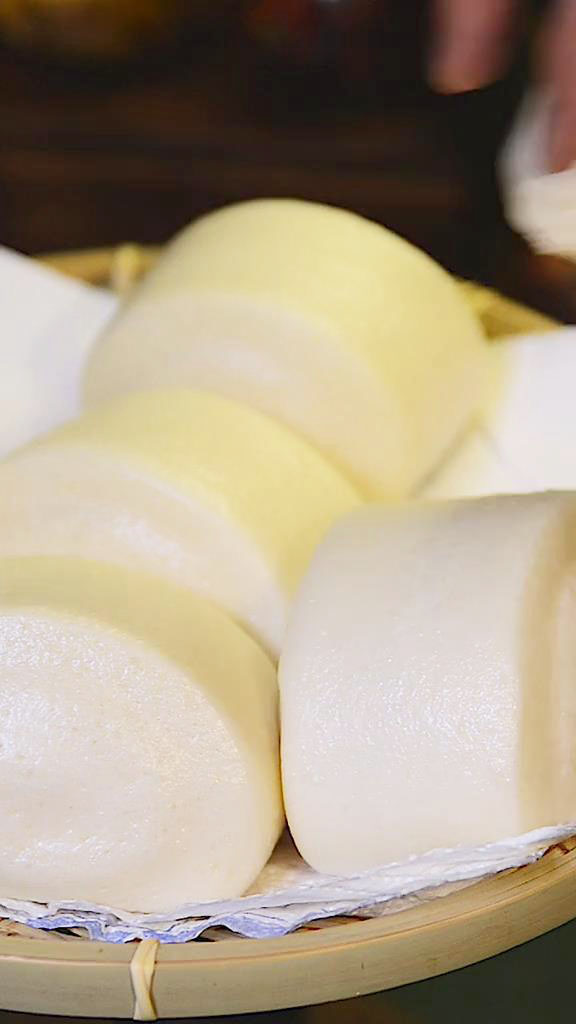
A List Of Things Needed To Make Mantou
After considering the tips mentioned above, you can begin with the recipe with ease. Listed below are my recommended kitchen tools and ingredients. Some items are considered optional, but I highly recommend them for better quality.
Kitchen Tools
- Steel or bamboo steamer with a cover
- Mixing bowl for the dough
- Stirrer
- A flat surface for kneading
- Clean wrap to cover the resting dough
- Rolling pin
- Pastry brush
- Knife or dough cutter
- Parchment paper
- Kitchen weighing scale and thermometer (optional)
Ingredients
- 500g of all-purpose flour
- 20g of sugar (for faster fermentation)
- 5g of yeast
- 1 teaspoon (5g) of oil (for softer and more fragrant mantou)
- 260g of water
- Extra flour and water for kneading
- Sweet or savory sauce for serving (optional)
Recipe Instructions To Make Mantou
Making mantou is easy with a few main steps. It involves mixing, kneading, proofing, shaping, final proofing, and steaming. Check out my short tutorial videos on Instagram and Tiktok for a better understanding of the steps.
Mix The Ingredients
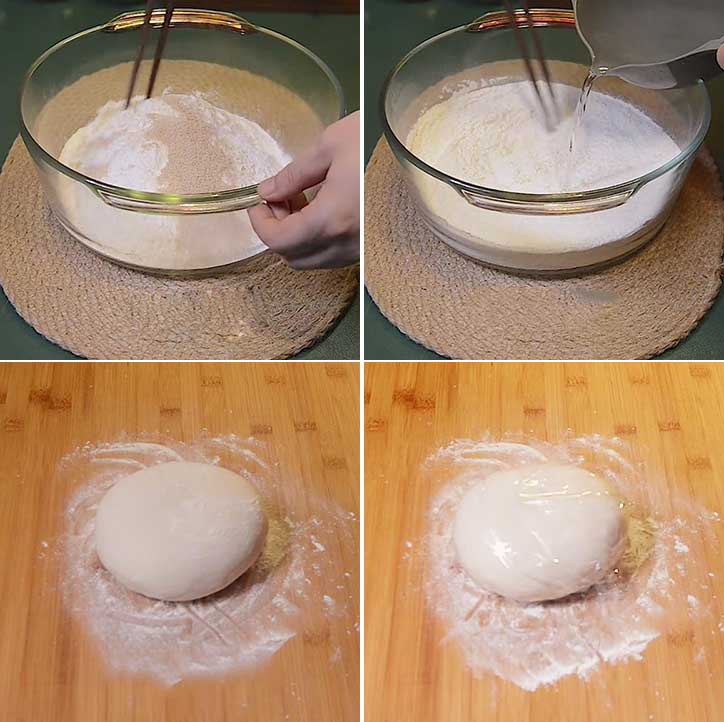
- In a mixing bowl, combine the flour, sugar, yeast, and oil.
- Then, gradually pour the water and mix continuously.
- Afterward, knead the dough mixture until it forms a smooth dough.
- Dust the surface with a bit of flour and place the dough.
- Cover the dough with a clean wrap and let it rest for 5 minutes.
Shape The Dough
Next, use a rolling pin to flatten the dough into a large rectangular sheet.
Then, fold the dough in half multiple times to create rectangular folds.
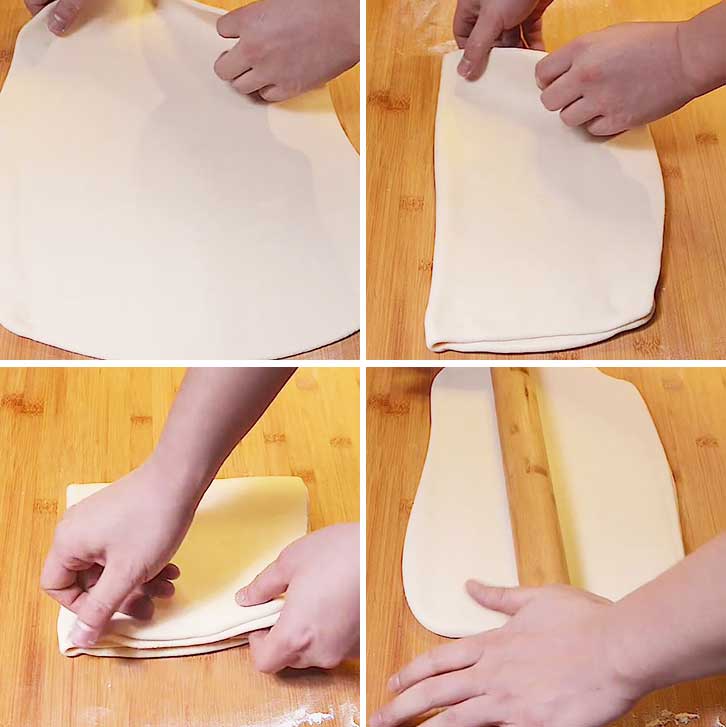
After creating a folded small rectangular dough, flatten it once more using a rolling pin to form a flat rectangular sheet.
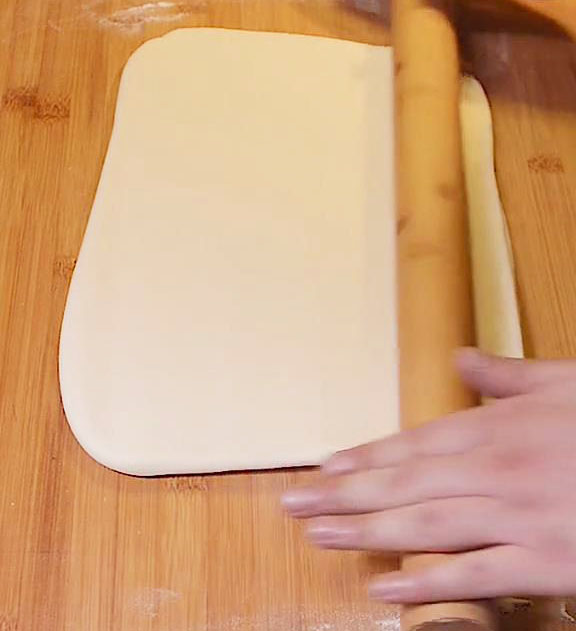
Brush a little water on the dough’s surface.

Then, roll the dough into a cylindrical shape, with the side of the brushed water inside.
Cut the dough into 8 equal pieces using a knife or dough cutter.
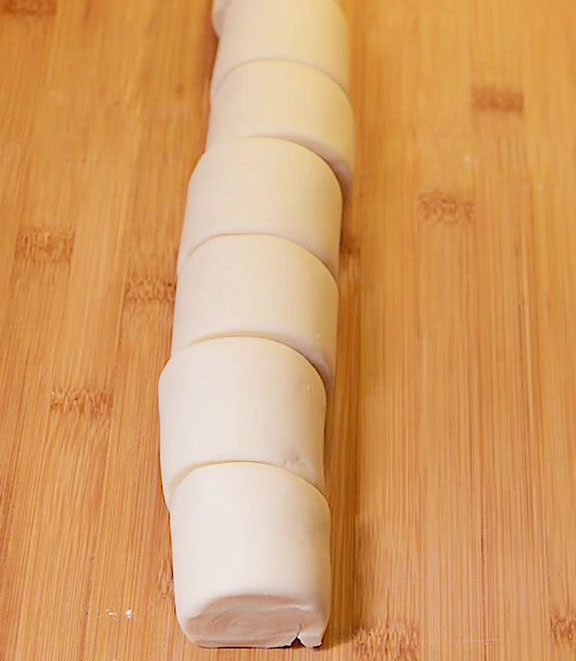
Next, cut the parchment paper into small squares that can fit a piece of dough.
Place the parchment paper first on the steamer basket before putting the dough on top.
Tips: Using parchment paper prevents the dough from sticking to the steamer basket.
Proof the dough at room temperature until the edges and corners are rounded and it is significantly larger in size. This part is needed for the rapid fermentation and enlargement process, so do not skip it.
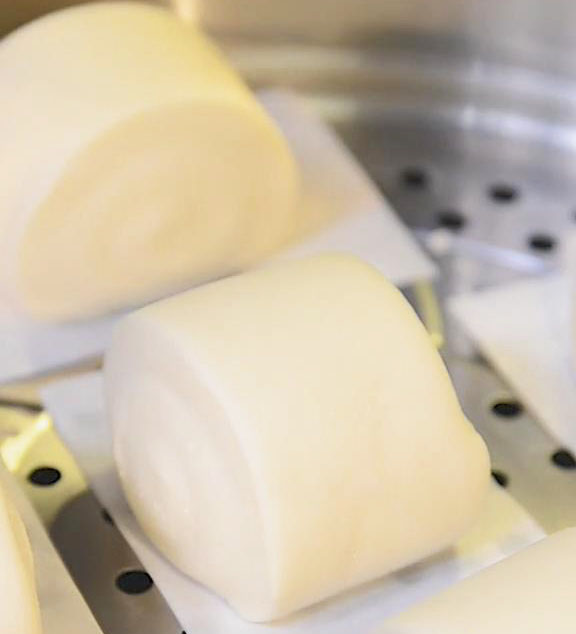
Steam The Dough
- After proofing, add cold water to the steamer if you haven’t.
- Steam the dough in the cold water until it boils.
- Once the water in the steamer starts boiling, continue steaming the mantou for 15 minutes.
- After 15 minutes, turn off the heat and let it rest for an additional 5 minutes with the seam open to release heat. This part is needed to prevent shrinkage.
- Lastly, enjoy a soft steamed mantou with your favorite sauce. Alternatively, you can try my other recipe for more variation – Fried Mantou With Condensed Milk.
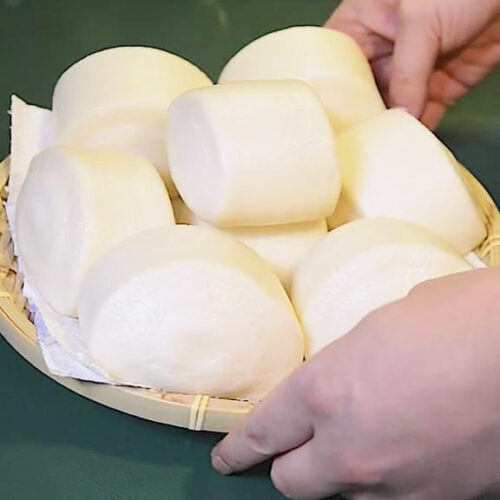
Quick and Easy Steamed Mantou
Equipment
- Steel or bamboo steamer with a cover
- Mixing bowl for the dough
- Stirrer
- A flat surface for kneading
- Clean wrap to cover the resting dough
- Knife or dough cutter
- Kitchen weighing scale and thermometer (optional)
Ingredients
- 500 g of all-purpose flour
- 20 g of sugar for faster fermentation
- 5 g of yeast
- 1 teaspoon 5g of oil (for softer and more fragrant mantou)
- 260 g of water
- Extra flour and water for kneading
- Sweet or savory sauce for serving optional
Instructions
Mix The Ingredients
- In a mixing bowl, combine the flour, sugar, yeast, and oil.
- Then, gradually pour the water and mix continuously.
- Afterward, knead the dough mixture until it forms a smooth dough.
- Dust the surface with a bit of flour and place the dough.
- Cover the dough with a clean wrap and let it rest for 5 minutes.
Shape The Dough
- Next, use a rolling pin to flatten the dough into a large rectangular sheet.
- Then, fold the dough in half multiple times to create rectangular folds.
- After creating a folded small rectangular dough, flatten it once more using a rolling pin to form a flat rectangular sheet.
- Brush a little water on the dough's surface.
- Then, roll the dough into a cylindrical shape, with the side of the brushed water inside.
- Cut the dough into 8 equal pieces using a knife or dough cutter.
- Next, cut the parchment paper into small squares that can fit a piece of dough.
- Place the parchment paper first on the steamer basket before putting the dough on top. Using parchment paper prevents the dough from sticking to the steamer basket.
- Proof the dough at room temperature until the edges and corners are rounded and it is significantly larger in size. This part is needed for the rapid fermentation and enlargement process, so do not skip it.
Steam The Dough
- After proofing, add cold water to the steamer if you haven't.
- Steam the dough in the cold water until it boils.
- Once the water in the steamer starts boiling, continue steaming the mantou for 15 minutes.
- After 15 minutes, turn off the heat and let it rest for an additional 5 minutes with the seam open to release heat. This part is needed to prevent shrinkage.
- Lastly, enjoy a soft steamed mantou with your favorite sauce. Alternatively, you can try my other recipe for more variation - Fried Mantou With Condensed Milk.

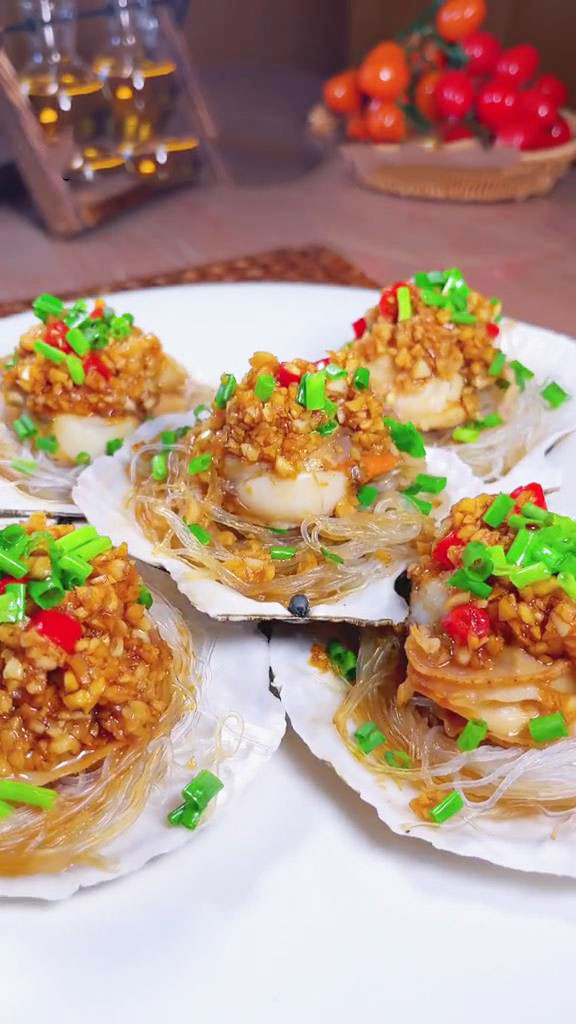
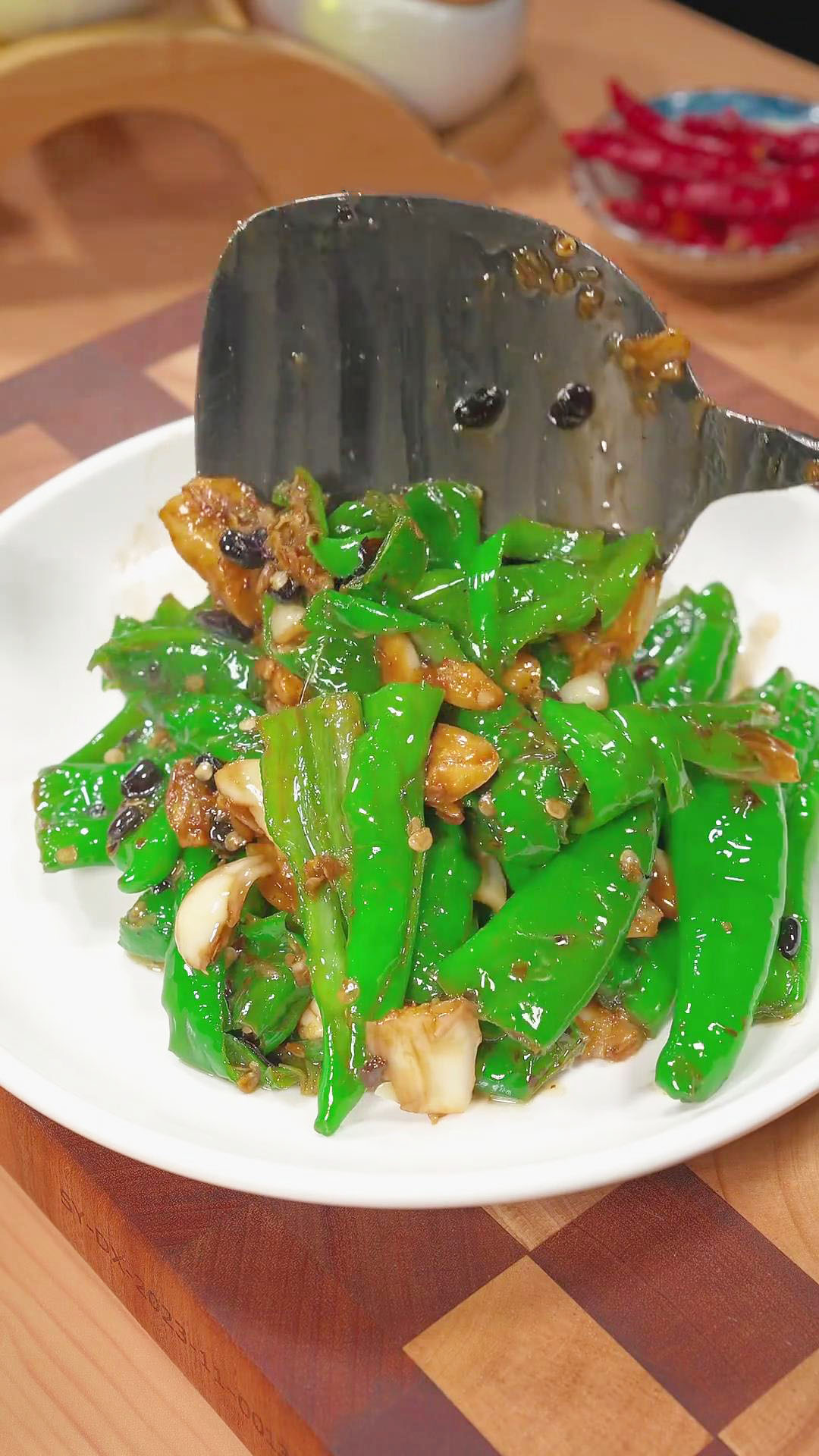
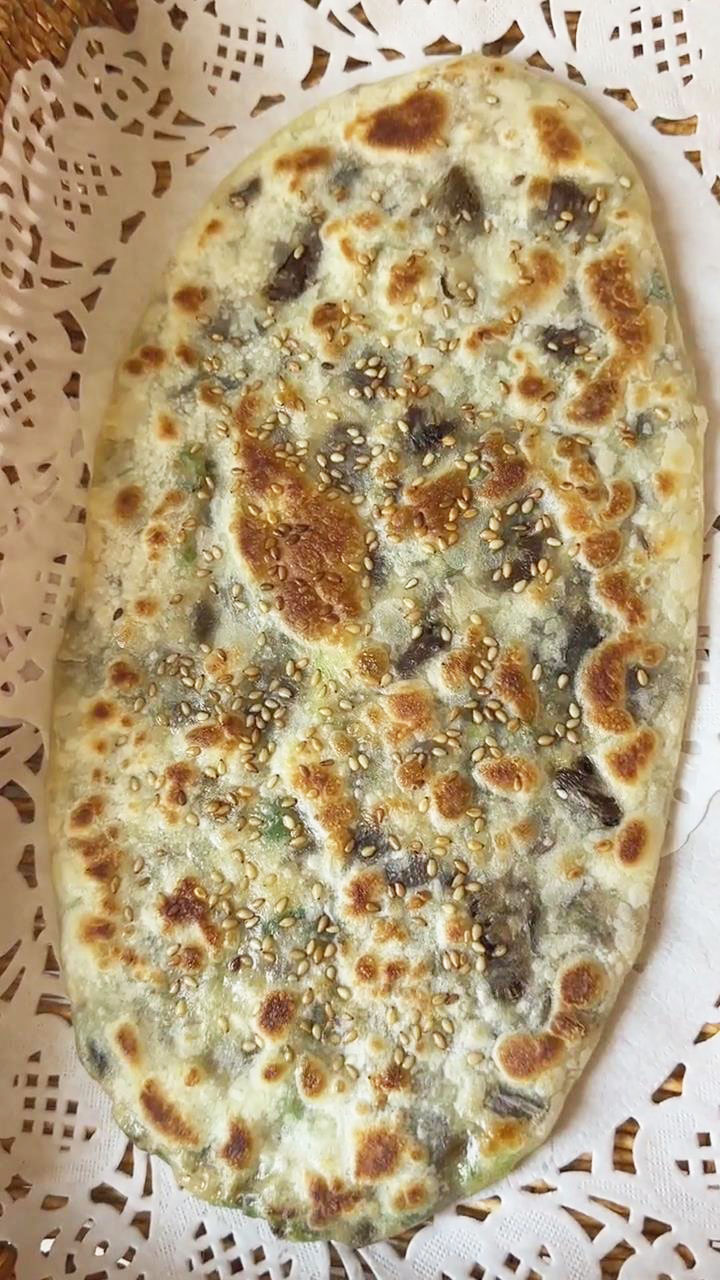
Is this the same dough for banh bao (Vietnamese meat bun)?
Hi Jay,
I think that they share similarities, but not the same. Mantou dough is generally simpler, consisting of flour, yeast, water, and occasionally a touch of sugar or oil.
On the other hand, Banh Bao dough often incorporates additional elements such as milk, eggs, and at times baking powder to achieve a softer texture.